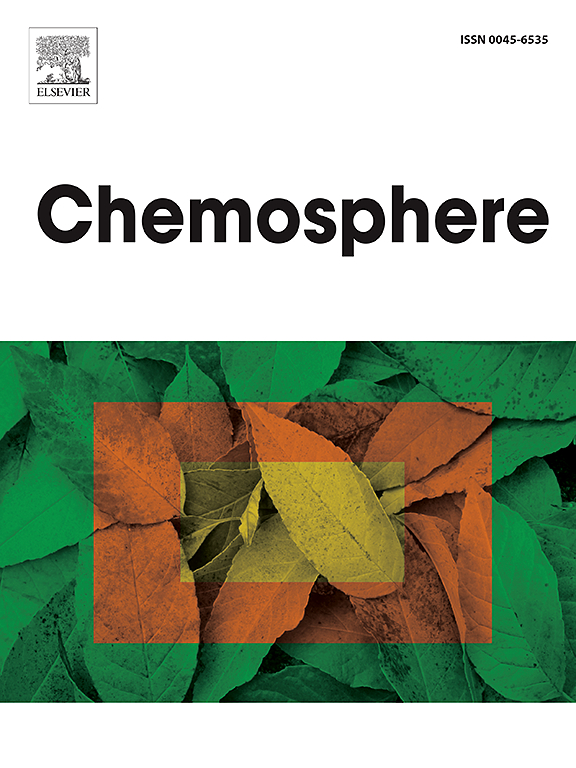Influence of anions on black carbon generation and formation mechanism of magnetic black carbon during coal combustion
IF 8.1
2区 环境科学与生态学
Q1 ENVIRONMENTAL SCIENCES
引用次数: 0
Abstract
Coal used in thermal power plants frequently contains various anions, and to investigate whether these anions influence the formation of black carbon (BC) from incomplete coal combustion, we conducted simulated combustion experiments by adding iron salts containing common coal-derived anions to purified coal. Comparative analysis of combustion products revealed that acidic anions, particularly sulfate ions, released from iron salts during combustion tend to form acidic gases that corrode BC surfaces, thereby generating more porous and morphologically complex BC structures while simultaneously suppressing BC yield. In contrast, basic anions such as hydroxide ions exhibited a modest promoting effect on BC production. Quantum chemical calculations and literature review confirmed that various anions, when thermally released in gaseous form, significantly affect both the morphological characteristics and yield of BC. Furthermore, the same anion demonstrated varying effects depending on the properties of its carrier matrix. Through combined quantum chemical calculations and synchrotron radiation analysis, we elucidated the formation mechanism of magnetic black carbon (MBC): iron salts mixed with coal first release their anions upon heating while being oxidised to Fe2O3; subsequently, after substantial BC generation at high temperatures, Fe2O3 chemically adsorbs onto BC through Fe–C bond formation; finally, under sustained high temperatures, Fe2O3 reduces to Fe3O4 to form MBC. This comprehensive investigation provides fundamental insights into the anion-mediated regulation of BC properties during coal combustion.

阴离子对煤燃烧过程中黑碳生成的影响及磁性黑碳的形成机理
火力发电厂使用的煤中经常含有各种阴离子,为了研究这些阴离子是否会影响煤不完全燃烧时黑碳(BC)的形成,我们将含有常见煤源阴离子的铁盐添加到纯化煤中进行了模拟燃烧实验。燃烧产物对比分析表明,在燃烧过程中,从铁盐中释放的酸性阴离子,尤其是硫酸盐离子,容易形成酸性气体,腐蚀BC表面,从而产生更多孔、形态更复杂的BC结构,同时抑制BC产率。而氢氧根离子等碱性阴离子对BC的生成有一定的促进作用。量子化学计算和文献复习证实,各种阴离子在气态热释放时,对BC的形态特征和产率都有显著影响。此外,相同的阴离子表现出不同的影响取决于其载体矩阵的性质。通过量子化学计算与同步辐射分析相结合,阐明了磁性黑碳(MBC)的形成机理:铁盐与煤混合,加热后先释放阴离子,氧化生成Fe2O3;随后,在高温下大量生成BC后,Fe2O3通过Fe-C键的形成化学吸附在BC上;最后,在持续高温下,Fe2O3还原为Fe3O4形成MBC。这项全面的研究为煤燃烧过程中阴离子介导的BC特性调节提供了基本的见解。
本文章由计算机程序翻译,如有差异,请以英文原文为准。
求助全文
约1分钟内获得全文
求助全文
来源期刊

Chemosphere
环境科学-环境科学
CiteScore
15.80
自引率
8.00%
发文量
4975
审稿时长
3.4 months
期刊介绍:
Chemosphere, being an international multidisciplinary journal, is dedicated to publishing original communications and review articles on chemicals in the environment. The scope covers a wide range of topics, including the identification, quantification, behavior, fate, toxicology, treatment, and remediation of chemicals in the bio-, hydro-, litho-, and atmosphere, ensuring the broad dissemination of research in this field.
 求助内容:
求助内容: 应助结果提醒方式:
应助结果提醒方式:


